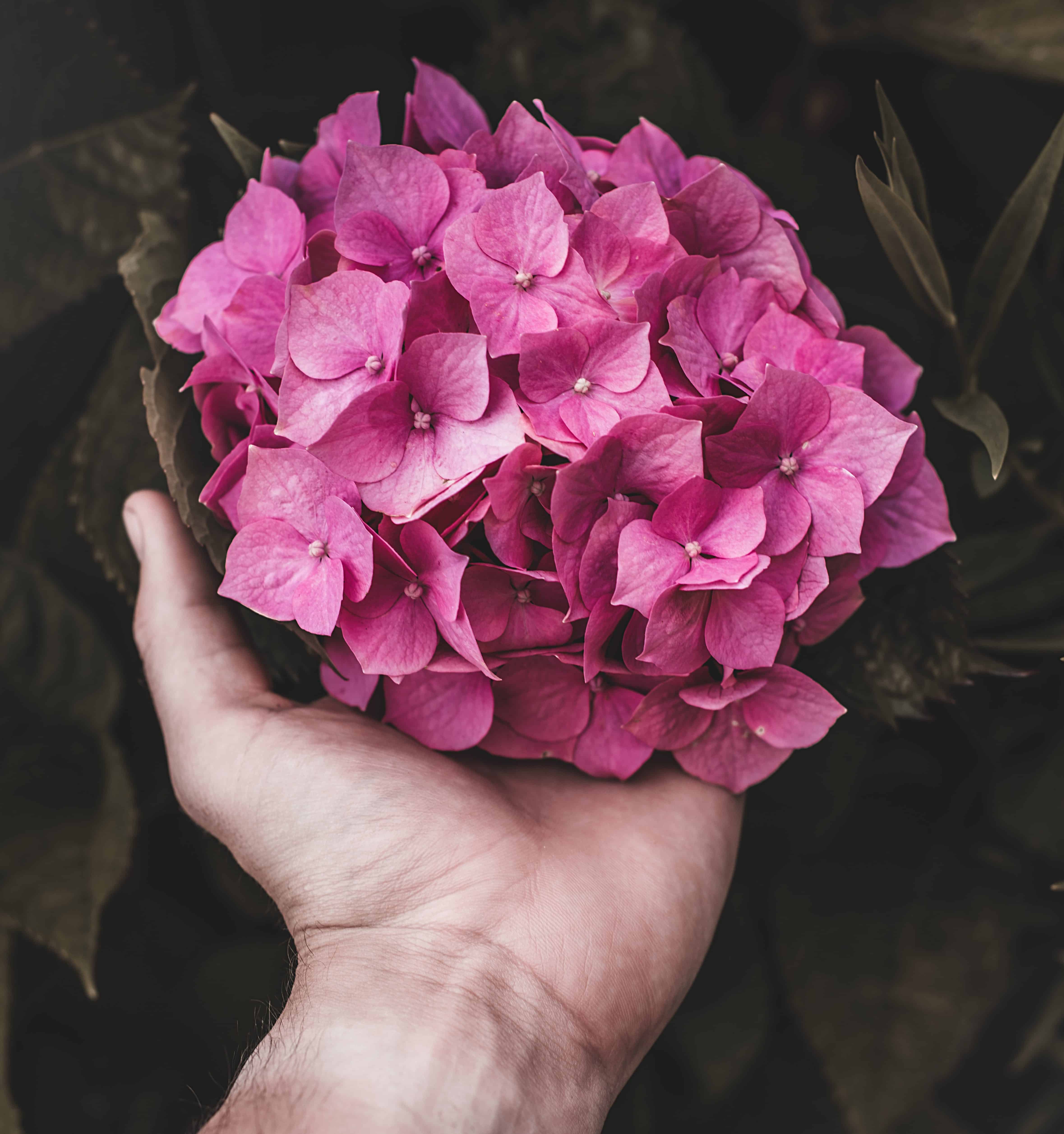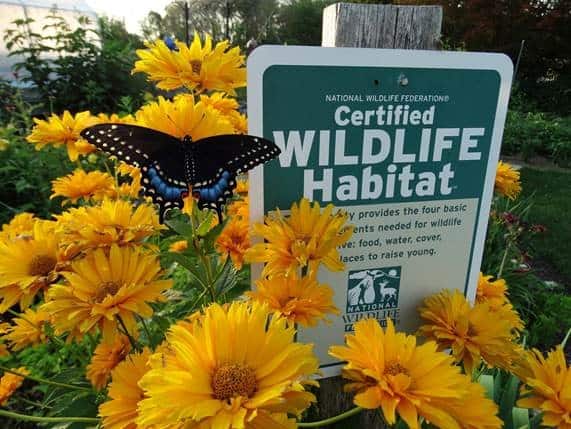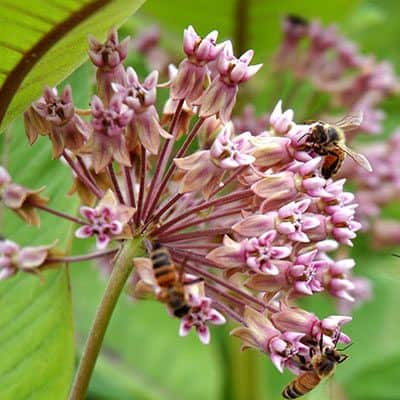
Did you make any New Year’s resolutions for gardeners for the coming New Year? Whether you’re a horticultural expert or you want to try gardening for the first time, these are my favorite New Year’s resolutions for gardeners in 2020.
New Year’s Resolutions for Gardeners #1: Get Gardening!
The #1 resolution on my list is to get gardening! Gardening comes with many benefits for our physical, emotional and mental well-being. In fact, according to the Centers for Disease Control and Prevention, gardening for just 2.5 hours a week can reduce the risk of common conditions like heart disease, high blood pressure and osteoporosis. Gardening has also been shown to ward off depression and anxiety. Plus, nothing beats the smell of flowers in bloom, or the taste of fresh, homegrown vegetables.
Getting started and growing your first tomato plant (or any annual vegetable) is easier than you think. If you’re worried you might have a “black thumb,” or just short on space, try your hand at gardening with a well-watering container like The GrowBox. Plants love it, and it takes all the guesswork out of gardening. Just follow the easy setup instructions, keep the well full of water, and you’re good! Consider using a GrowBox to grow some of these easy-to-grow plants in a well-lit window or sunny area outside:
- Cherry tomato
- Basil
- Thyme
- Bush bean
- Bell pepper
Make Your Backyard a Certified Wildlife Habitat
Here’s another great New Year’s resolution for gardeners. All over the USA, native birds, bees, and butterflies are on the decline. You can join thousands of other gardeners and help these valuable backyard visitors by turning your garden into a Certified Wildlife Habitat. All you need to do is make sure your garden has adequate food, water, shelter and nesting sites. (Don’t worry if you have deer — you can keep your Certified Wildlife Habitat status by using these Handy Tips to Keep Deer Out of Your Garden). The best part is, your wildlife garden will seem to come alive with backyard visitors, and will look great too.
One of the most important features of a wildlife garden is a consistent source of food. Your feathered friends will thank you, especially in winter when food is scarce, if you have a bird feeder hanging in your yard. Both attractive and functional, a functional bird feeder is easy to fill and clean, and makes a wonderful accent to any garden.
Go Native
Everyone loves the bright, showy cultivars of butterfly bush, azalea and daylilies, but these non-native species can be high-maintenance, requiring lots of water and pesticides. This year, resolve to plant native species for a more sustainable garden that’s easy to maintain. Native plants are adapted to your local climate, weather and pests. They can handle periods of drought and sudden freezes, and require little, if any, fertilizer to thrive. Native plants also help sustain backyard birds, butterflies and other wildlife.
If you want to try your hand at landscaping with native flowers, check out the wide selection available online. Companies that sell seeds for native plants are also great resources for how to grow the plants, too. American Meadows is a great resource for buying wildflower seeds. They even have regional seed mixtures that make it easy to plant a “wild” flower garden. American Meadows is also a great resource for finding native pollinator-friendly species, including native milkweed, the #1 host plant of the monarch butterfly.
Save Water
This one should be on every New Year’s resolutions for gardeners list. Conserve water! From rising water prices to widespread drought, there are many reasons to make your garden a little less thirsty. Resolve to save water this year by installing rain barrels. Or you can replace some of your water-thirsty lawn with a lovely bed of perennials and shrubs. Converting even just 1/3 of your front lawn into a drought-tolerant garden can make a huge difference on your water bill.
A good selection of native, drought-tolerant plants can be hard to come by, but you can find some great varieties at small, specialized nurseries. You can also check out High Country Gardens. Experts there have dedicated years to finding and breeding the American Wests’ most beautiful and hardy perennials and shrubs. They also offer wildflower seeds, low-water lawns, and even flowering bulbs. Check out their exclusive “Pre-planned Gardens” for a fast and easy way to start a water-wise garden.
Try Something New
Whether you’re a Master Gardener or getting your nails dirty for the first time, resolve to be a little adventurous this year and plant something completely different. The nation’s best plant breeders release new and exciting varieties of vegetables, perennials and roses every year, and their free catalogs of new offerings are available every January.
There’s nothing quite like cuddling up with a new catalog on a cold winter day, dreaming of spring. Catalogs like Park Seed, Burpee and Gurney’s are available now, and are full of exciting new plants.
Let the garden planning begin!








Leave a Reply